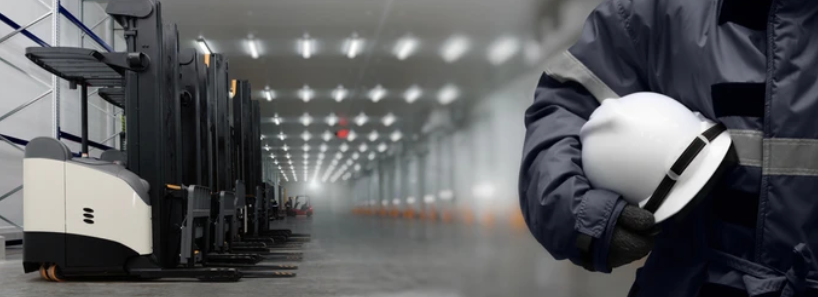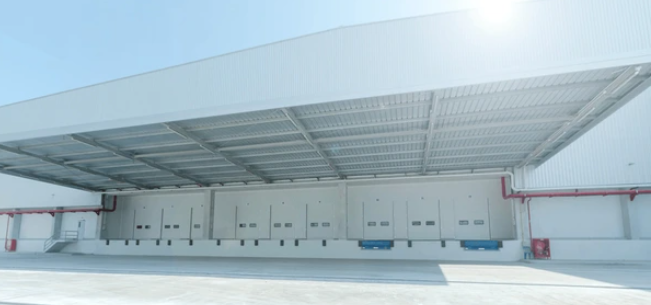If you’re running a restaurant, grocery store, catering operation, or any business that handles large quantities of perishable goods, investing in a walk-in fridge isn’t just smart—it’s essential.
But with so many sizes, features, and installation options, how do you choose the right one?
This 10 step guide walks you through everything you need to consider when buying a walk-in fridge, so you can make an informed decision that keeps your products cold—and your business running smoothly:
1. Understand Your Storage Needs
Before getting into technical specs, start with the basics: how much storage space do you need?
Capacity: Think about your daily inventory volume. Walk-in fridges range from 80 to over 1,000 cubic feet.
Available Space: Measure where the fridge will go. Ensure there’s room for the doors to open fully and enough clearance to meet local codes.
Shelving Options: Adjustable or custom shelving can make a huge difference in how efficiently you use your space.
2. Decide on Indoor or Outdoor Installation
Where you install your walk-in fridge matters—both for performance and practicality.
Indoor Installations are ideal for facilities with limited outdoor access. They’re easier to monitor but may require better ventilation.
Outdoor Units free up interior space and are often larger, but they must be weatherproof and insulated to handle changing outdoor conditions.
3. Choose the Right Refrigeration System
There are two main types of refrigeration systems:
Self-Contained Units: The cooling components are built into the fridge. These are easier to install and cost less upfront but tend to be louder and add heat to the room.
Remote Units: The compressor is located outside or in another room. These are quieter and more efficient long-term but have higher installation costs.
4. Insulation and Energy Efficiency Matter
Insulation is key to keeping your fridge cold—and your utility bills in check.
Thickness: Most units have 2–4 inches of insulation. Thicker walls mean better temperature control.
Material: Polyurethane offers excellent thermal resistance. Polystyrene is more budget-friendly and still durable.
Energy Features: Look for Energy Star-certified models with strip curtains, tight-sealing gaskets, and LED lighting.
5. Don’t Overlook the Flooring
Flooring impacts everything from hygiene to energy efficiency.
Insulated Floors are essential for outdoor units or fridges installed on concrete.
Non-Insulated Floors may work for indoor setups but don’t retain cold as well.
Slip-Resistant Finishes improve safety, especially in high-traffic environments.
6. Door Features That Boost Efficiency
The door is your main point of access—make sure it’s built for both function and energy savings.
Door Size: Standard doors are 30–36 inches, but you might need wider or double doors.
Self-Closing Mechanisms: Prevent cold air from escaping when staff are busy.
Glass Panels or Windows: Let you check stock without opening the door, though they can slightly reduce insulation performance.
7. Get the Right Ventilation and Controls
Proper airflow and precise controls make a huge difference in performance.
Ventilation: Especially important for self-contained units to avoid overheating.
Digital Temperature Controls: Allow for easy monitoring and adjustments. Look for units with alert systems for power loss or temperature changes.
8. Build in Safety Features
A commercial-grade walk-in fridge should come with essential safety components:
Interior LED Lighting: Bright, efficient lighting improves visibility.
Emergency Release Handle: A must-have for any walk-in unit to ensure staff can exit safely.
Security & Temperature Alarms: Alert you to unauthorized access or malfunctioning systems.
9. Factor in Installation and Maintenance Costs
Price tags don’t tell the whole story.
Installation costs vary depending on size, system type, and complexity.
Maintenance is ongoing. Plan for routine checks of refrigerant levels, coil cleaning, and seal inspections.
Warranties and Service Plans can save money and stress over the long run—make sure to ask what’s included.
10. Make Sure It’s Up to Code
Regulatory compliance is non-negotiable.
Health and Safety: Your unit must meet local codes for materials, sanitation, and temperature ranges.
Energy Compliance: Look for certifications like Energy Star to meet efficiency standards.
Building and Fire Codes: Especially important if you’re modifying an existing space.
Conclusion
A walk-in fridge is more than just a cold box — it’s a long-term investment in your business’s success. By carefully considering factors like storage capacity, location, energy efficiency, and compliance, you’ll set yourself up for years of reliable performance.
Need Help Choosing a Walk-In Fridge?
Whether you’re outfitting a new restaurant kitchen or upgrading existing equipment, we can help.
Reach out to our team at info@coldsafe.co.uk for expert recommendations tailored to your needs.










